Are you struggling on how to drive traffic to Blog?
Let’s face it, starting a blog is the easy part. It’s like stepping onto a stage full of possibility. But if nobody’s in the audience, you’re essentially performing a monologue to an empty theater.
If you’re nodding along, feeling that familiar pang of frustration, you’re not alone. I’ve been there, staring at my analytics dashboard, wondering why my brilliant posts weren’t reaching the masses. But guess what? I cracked the code, and I’m here to share the roadmap that transformed my blog from a whisper to a roar.
Get ready to ditch the tumbleweeds and fill your blog with a captivated audience. We’re diving deep into the strategies that actually work in 2024, sprinkled with real-life examples, actionable tips, and a touch of SEO magic.
Keep reading, and you will find out how to drive more traffic to your blog.
You may like to read
[TRENDING] Video Marketing Trends & Advices In 2024 – DON’T MISS OUT!
[CHECKLIST] How to Get More Views on YouTube 2024 – (Practical Ways)
Ask a marketer or business owner what they want most in the world, and they’ll most likely say more consumers. What usually occurs after that? Increased visitors to their website. In fact, 61% of marketers think getting traffic and struggling to understand how to drive traffic to blog is their greatest challenge.

There are numerous techniques to increase your blog traffic, and in today’s post, we will offer 30 of them, and most of them are free. Keep reading, and you will know how to drive traffic to your blog.
Laying the Groundwork: Building Your Blog’s Foundation
Before we unleash the traffic-driving tactics, let’s make sure your blog is primed for success:
- Niche It Down: Like a skilled archer, you need a clear target. Define your niche, the specific area your blog will dominate. This helps you attract a focused audience eager for your expertise.
- Content is King (or Queen):Create high-quality, valuable content that your audience craves. Think informative articles, captivating stories, entertaining videos, or helpful tutorials.
- SEO is Your Best Friend:Search engine optimization is the backstage pass to getting discovered. Sprinkle relevant keywords (like “drive traffic to blog”) throughout your content, but remember, it’s about natural flow, not keyword stuffing.
- Make It Pretty: A visually appealing blog is like a well-dressed performer. Use eye-catching images, infographics, and clear formatting to keep readers hooked.
How To Drive Traffic To Blog 2024
Now, let’s roll up our sleeves and dive into the strategies that will bring the crowds flocking to your blog:
1. Having a profiles that understands your users
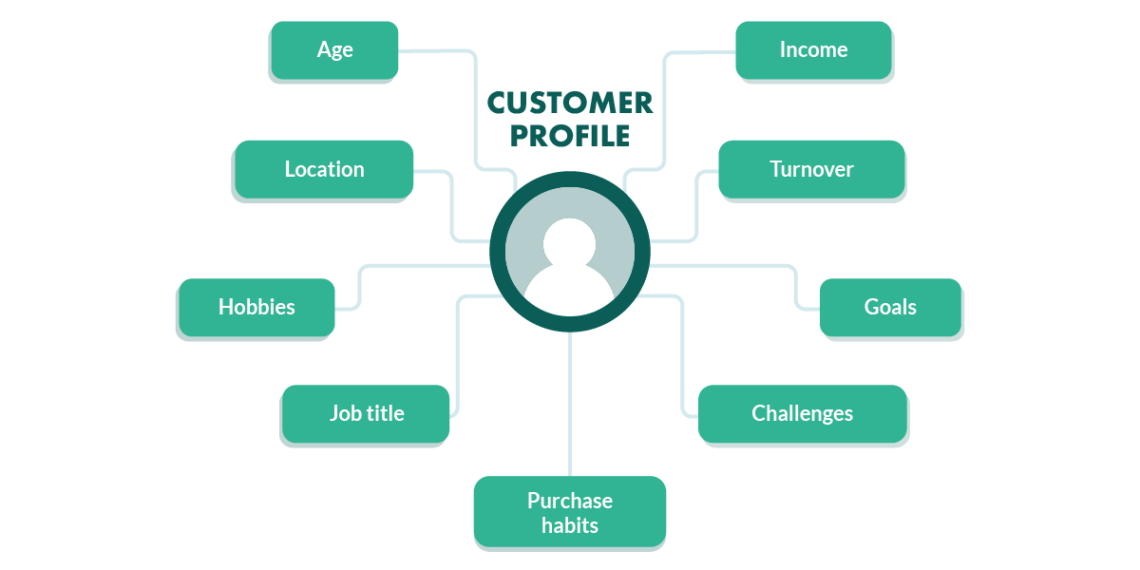
Before you begin creating content for your blog and driving more traffic to your blog, you should spend some time getting to know your target audience and what they want.
You may rapidly create an audience framework by completing the following questions:
- Who is your target audience?
- What difficulties do they have that you can help them solve?
- What type of material are they looking for?
- How would they want to find the solutions to their questions?
Answering these questions can help you gain a better understanding of your target audience, and it is also the first step in driving more traffic to your blog. You can also elaborate on this by asking more tailored questions, such as:
- How old are they?
- What are their occupations?
- What is their educational level?
- What is their level of expertise in your blog’s subject matter?
These audience profiles are referred to as ‘buyer personas’ in the eCommerce business, and we understand that is the first key to helping you know how to drive traffic to your blog.
2. Research Keyword to Plan Your Content Tactic

Keyword research is a method used by content creators and SEO professionals. It allows you to identify specific words and sentences that users enter into Google and other search engines to find the material they are looking for and can drive more traffic to their blogs by attracting click rates.
Typically, newbies create content based on their best predictions. As you can expect, this method is hit-or-miss.
If you utilize the ‘best guess’ technique, your content is more likely to rank low in search engines and less likely to drive more traffic to your blog.
That could be because no one is searching for the terms you’ve specified, or there is just too much competition for those phrases.
By doing proper keyword research, you will gain the following benefits:
- Discover the actual search phrases that people are looking for.
- Discover original content ideas for popular search phrases.
Learn from your competitors and outperform them with better content.
Create a series of pillar posts to attract consistent traffic to your blog.
Now the question is, “How do you actually do keyword research?” Fortunately, it isn’t as tough as you may expect.
There are numerous keyword research tools available, both free and paid. We recommend Semrush to manage your content strategy.
3. Create an editorial calendar
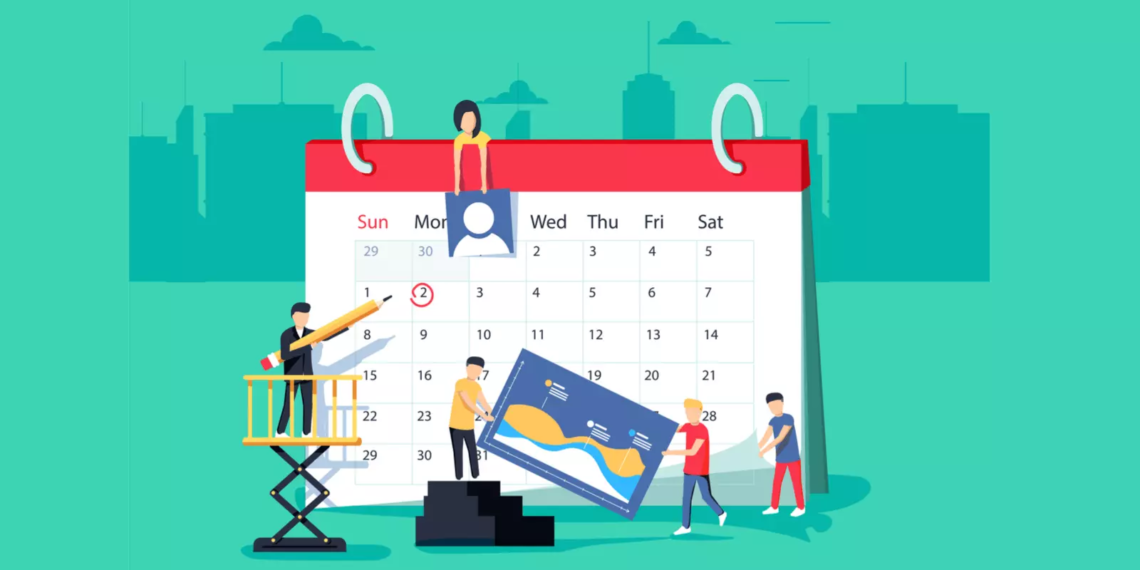
After conducting keyword research, you’ll probably have a ton of ideas for blog posts.
Occasionally, a long list of keywords can confuse newcomers to the point that they give up.
To ensure that you don’t experience this, we suggest putting together an editorial calendar or a strategy. Recall that no sizable blog was created overnight.
Establishing a successful blog requires patience and constant work. You can make and follow the plan more easily if you construct an editorial calendar.
You can make use of many helpful apps, such as Trello and Asana, to mention a couple. With the robust features these products offer, you’ll be able to stay competitive.
Organizing, getting a bird’s-eye view of your plan, and increasing productivity are the objectives of how to drive traffic to your blog.
Here are some more pointers for improving the efficiency of your editorial workflow management:
- Remain kind to yourself. When possible, increase your pace gradually; start with two articles every week.
- Maintain a regular posting schedule. Make sure you adhere to your schedule and release content on a regular basis as scheduled.
- Your calendar should have outlines, notes, and keyword suggestions. When you sit down to write, you’ll be able to produce higher-quality content thanks to this.
- Make your calendar software more visually appealing and well-organized by utilizing features like colors, tags, and categories.
By utilizing all the tips mentioned above, you’ll be able to be more productive and drive more traffic to your website.
4. Produce Comprehensive and Useful Content

High-quality content is the most crucial factor that both people and search engines consider in boosting traffic to your blog.
A superb piece of content for a blog is typically an in-depth essay covering every aspect of a certain subject. It is therefore very beneficial to users.
“Pillar articles” are the name given to these extensive articles. They may be referred to as “cornerstone articles” or “flagship content” by other specialists.
These are, in essence, your most significant articles. The most promising keyword should be selected, and you should then write as much content as you can in a single long-form post.
As many pillar articles as you can should be written to address every crucial keyword in your industry.
While producing pillar material, keep the following advice in mind:
- Articles of any kind could serve as pillar content. As an illustration, consider a listicle, lesson, comparative article, opinion piece, and so forth.
- Your pillar articles are more thorough and offer in-depth information on the subject, which sets them apart from other types of content.
- There is no time limit on your pillar articles. They are constantly beneficial and evergreen. It is advised that you update them frequently with new information in order to stay ahead of search results.
In a later section of this post, we’ll go over further advice for writing excellent pillar articles that can increase search engine traffic and boost traffic to your blog.
5. Make sure your content is easy to read

Longer, in-depth articles with all the information a person could possibly want are highly valued by both search engines and users, as we have already mentioned above, and that also helps you drive more traffic to your blog.
The short attention span of people is now the problem.
They could not look at all the helpful information you provided if they discovered your material to be a little challenging to read or comprehend.
Make sure your information is easy to read in order to prevent this issue from occurring.
A welcoming tone, lots of images, and bite-sized words are a smart place to start when presenting your content.
Here are some fundamental pointers to improve the readability and usability of your content:
- Make your paragraphs and sentences shorter. This makes the text simpler to look at and read by leaving a lot of white space surrounding it.
- Make an effort to enhance typography by utilizing larger font sizes, legible fonts, and plenty of line spacing.
- Verify the content’s readability score. For that, the Yoast SEO and All In One SEO plugins include an integrated tool, and there are a ton of other online readability checkers available.
- Employ a grammatical checker. Grammarly is highly recommended, as it not only corrects grammar but also enhances writing abilities.
- Make use of pictures, videos, infographics, screenshots, and other visual components. These media components add a lot of interest to your piece and make it easier to read.
6. Understand and apply basic SEO to your website

Making your website more search engine friendly is possible with the use of SEO best practices. Being a “SEO Guru” is not necessary to enhance your website and boost traffic to your blog.
Despite what many people think, anyone can handle SEO for their own websites without consulting a professional. There are a ton of free SEO tools and plugins, step-by-step instructions, and guidance accessible.
For every WordPress website, we advise utilizing the All-in-One SEO plugin. It is the most complete SEO and website optimization utility available. Everything you need for SEO on your website is included in the free edition.
Utilizing all the available plugins and tools is a great way to drive more traffic to your blog.
7. Learn how to write great headlines

The headline of your article appears to users first when they find your material through search results or RSS feeds.
An attention-grabbing blog article title can boost traffic to your blog. On the other hand, people are likely to overlook and scroll past a bland and dull title.
Because of this, headlines are crucial.
You must develop your ability to write blog post titles that draw readers in and encourage clicks.
Fortunately, professionals in blogging have been studying headlines for a very long time, and their conclusions can help you.
The basic components of an attractive headline are as follows:
- An effective headline elicits a range of emotions, including excitement, anxiety, joy, surprise, shock, curiosity, and avarice.
- It provides users with value and a reward.
- Target keywords are included to promote the content.
Power words are employed by copywriters to elicit strong feelings. They tell users why the article is valuable or what they will gain from clicking on the headline.
Lastly, a good headline includes a call to action, which is frequently subtle and sometimes implicit.
Understanding the importance of a great title can help you boost more traffic to your blog.
8. Making Internal Linking a Routine Task
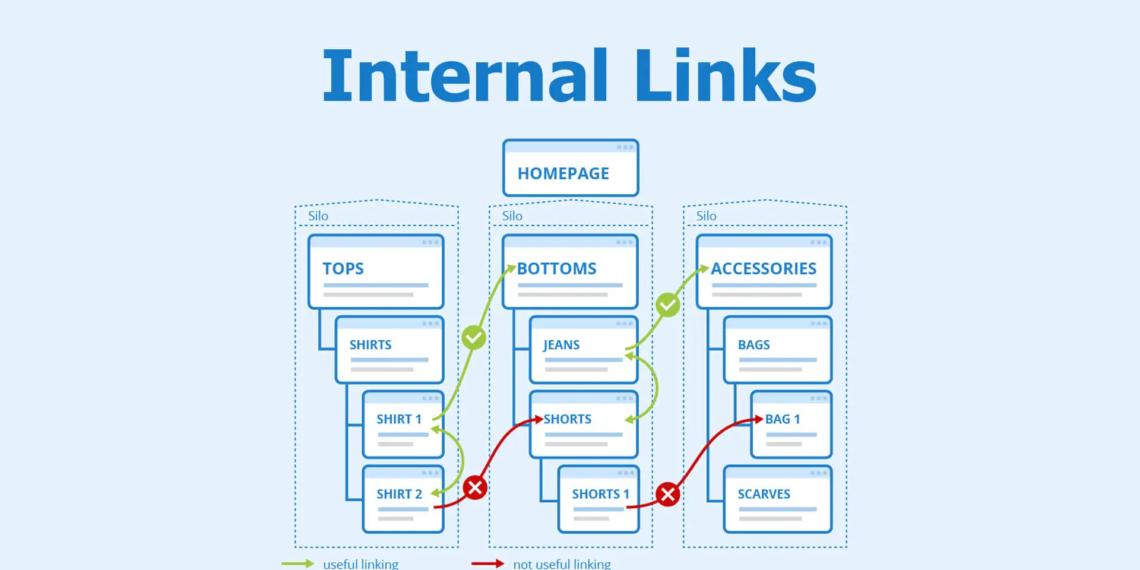
It is crucial that you include links to your articles in your previously published blog entries now that you are producing quality material. Internal linking is what this is known as, and it is very important to SEO.
This is the importance of internal connections explained:
- Internal links facilitate Google’s comprehension of the context and connections among the various content on your page. After that, it employs these data as ranking cues.
- When positioned wisely and appropriately, internal links can lower bounce rates and boost pageviews.
- Requesting links from other websites to your articles is more difficult. On your own website, link creation is easier.
We strongly recommend that you make a habit of linking to your older articles from your new articles to boost more traffic to your blog through the connection between newer and older articles.
9. Begin generating more backlinks

An inbound link to your content from an outside website is known as a backlink. One of the most important signals in Google’s rankings is a backlink profile.
It’s quite challenging to obtain backlinks from respectable blogs and websites. Not only do novices find it difficult, but seasoned bloggers often encounter difficulties.
To obtain high-quality backlinks to your website, use these tips to drive more traffic to your blog:
- Speak with prominent bloggers and influencers in your field, and let them know about certain content on your site that you would like them to link to.
- Contribute guest posts to other websites and blogs.
- Write blog interviews with bloggers and influencers. You’ll get a hyperlink, and they’ll probably wish to invite their users to check out their interview.
- A backlink to your website can be obtained most easily by adding a link to it on each social media profile you have.
10. Add Images, Charts, and infographics to Create Visually Appealing Content

We mentioned in step 5 that papers are easier to read when they include charts and illustrations. We think that because visual components are so significant, they should have their own place on our list.
Our minds favor visual components. Humans are drawn to items and colors because they elicit strong feelings in us due to aesthetics. We become more interested in and absorbed in our environment as a result.
Infographics are popular because they make information visually appealing and simple to understand. Including images in your blog posts helps readers focus on the text surrounding the image as well as the visual element itself.
It’s crucial to understand that you cannot just utilize any image you find online if you’re just getting started. Copyright protects images, and stealing content with copyright might have negative effects and might be less likely to drive more traffic to your website.
Though not all bloggers are graphic designers or photographers, it is ideal to include your own photos, graphics, and images.
Understanding the importance of visual components is an important part of boosting traffic to your blog.
11. Include Videos in Your Articles

The most popular type of content on the internet to boost traffic to your blog is video. When reading a blog article with videos instead of just text and photos, users spend more time.
WordPress makes it very simple to include videos in your articles. WordPress is not designed to stream videos, thus, you should never post videos to it.
The user experience would be awful, and your WordPress hosting server would consume excessive resources if you streamed a movie.
Putting videos on YouTube and then embedding them into your blog entries is the most effective way to introduce them to your WordPress website.
This increases your visibility even more because YouTube is a well-known social networking site and the second-largest search engine in the world.
It’s simple to produce video content for your website in a variety of ways. You can begin with the following few:
Slideshows with voice-over instructions for how-to tutorials can be made.
It is possible to make screencasts.
Interviews with bloggers and industry influencers can be recorded.
You can contribute your own videos that you’ve taken with your phone to become a vlogger.
How do you edit videos? If you’re using a Mac, then iMovie is a perfect software that is capable of performing basic video edits. Windows users can use free video editing software like Lightworks or Shotcut for basic video editing.
Adding video to your blog can greatly increase traffic to your blog.
12. Using User-Generated Content
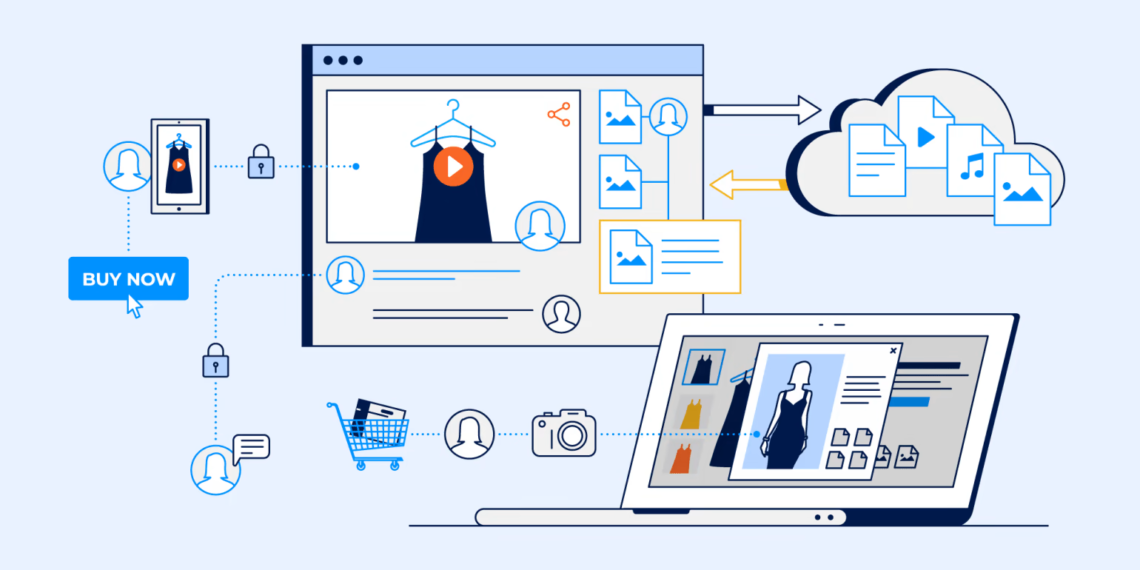
Any content that appears on your website as a result of user activity is considered user-generated content. This covers user reviews, comments, endorsements, guest blogs, and more.
Because user-generated content offers visitors many ways to interact and get involved, it helps you increase traffic to your website.
Spending more time on your website increases the likelihood that users will return, share, and even make purchases from it.
You have access to a wide variety of user-generated content types. To get started, decide what will work best for your blog, thus you can better understand how to boost traffic to your blog.
13. Make sure your website design is clean and clutter-free

The market is filled with fantastic WordPress themes. The issue is that a lot of novices like to use a theme that has every bell and whistle possible. Not every theme is the ideal layout for your website.
Ineffective website design discourages visitors from staying on your blog longer, which lowers pageviews.
On the other hand, a well-designed interface encourages users to spend more time, explore more sections, and find more content, which can highly boost traffic to your blog.
Users frequently ask us, “How do I pick the best theme?” Our response is to constantly aim for simplicity. A theme that is easy to use, neat, and uncomplicated creates a positive first impression and provides an optimal user experience, which can increase traffic to your blog.
14. Improve Website Speed to Make Pages Load Faster
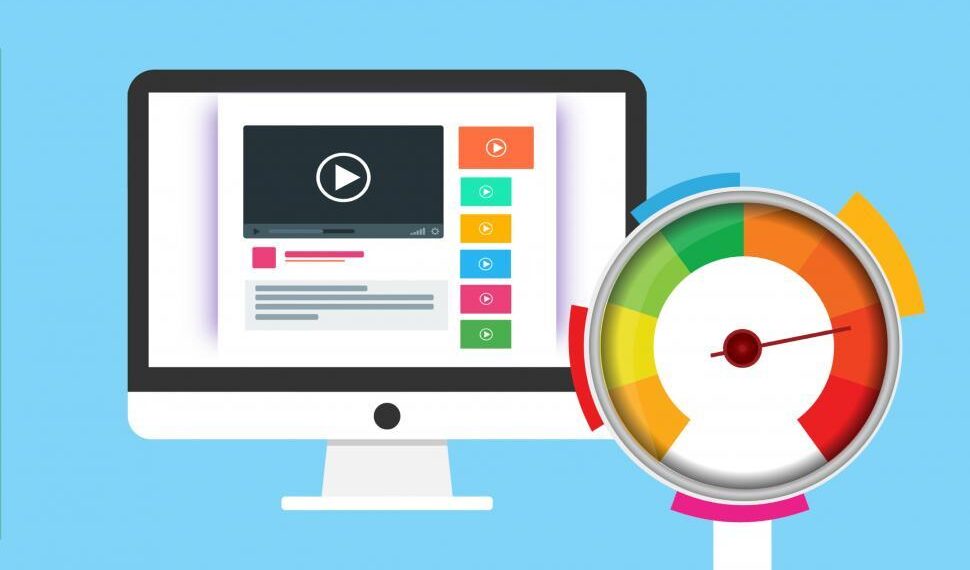
Nowadays, when everything is instantaneous, nobody wants to wait for a website to load. Users will immediately quit your website before it even has a chance to load if it is too slow.
Page load time and website speed are also significant ranking criteria for search engines like Google.
You must maximize WordPress performance if you want to guarantee that your website loads quickly. This implies that you must optimize your photos, use caching, and stay away from needless bloating. If your webiste does not optimize internet speed, it will less likely boost traffic to your blog.
15. Create Your Email List Right Away
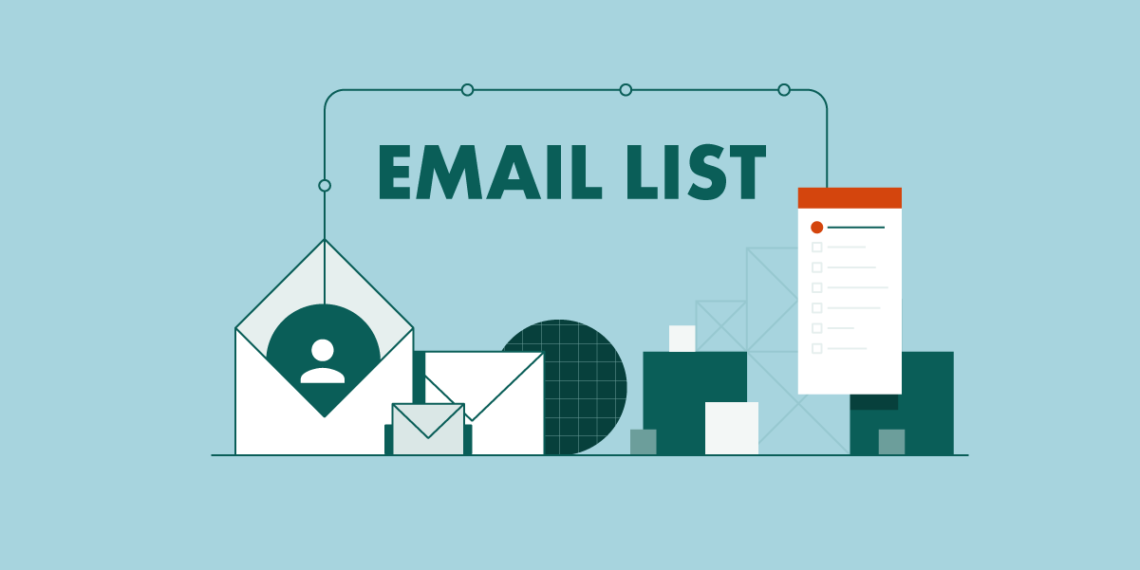
Bringing in new visitors to their website takes up too much of the time for most beginners. But almost 70% of visitors who leave your website won’t come back.
It’s not enough to simply attract new readers to your site; you also need to get current readers to return.
How do you guarantee that visitors will come back to your website?
Asking them to subscribe to your blog is how you accomplish it.
Visitors can sign up for social media profiles on your website. But the majority of social networks restrict your reach, so users can only view a portion of your content.
For this reason, you must begin creating your email list.
The most affordable and powerful marketing technique you have at your disposal is email marketing. Every day, without an email list, you are losing potential subscribers.
After you create an email list, you can send regular email newsletters to boost traffic to your blog. We recommend using Constant Contact, Brevo (formerly SendinBlue), or ConvertKit.
By creating an email list, you can now greatly increase traffic to your blog.
16. Automatically sharing your blog posts

We don’t mean to imply that you should give up on increasing your blog traffic when we emphasize the importance of creating an email list.
On the contrary, we urge you to keep growing your social media following on all the major social media networks and even look into new niche sites.
Social media platforms have the drawback that updating your material on a regular basis is necessary to maintain the activity of your profiles and increase blog visitors.
You’ll soon find yourself spending a significant amount of time sharing information if you handle that manually.
This is the application of Uncanny Automator. With the help of this plugin, you can set up automated processes in WordPress.
17. Share old articles on social media on a regular basis

You probably only post one article every day if your blog is anything like most others. This implies that you won’t be posting any updates on social media for the remainder of the day.
Your tweet will quickly vanish from social media sites like Twitter, and most likely none of your users will even see it.
If you could publish your previous content automatically at regular times throughout the day, wouldn’t that be nice?
By doing this, you may boost your visibility on social media and maintain the activity of your profiles, which will drive more traffic to your blog.
Fortunately, tools like Buffer and Revive Old Posts allow you to automate it.
You will need to manually upload your updates in bulk using Buffer. Conversely, you can automatically share your own older content with Revive Old Posts.
18. Explore Different Social Networks

Although there are a ton of social media websites, most of us only use a select few, like Facebook and Twitter, for our daily interactions.
It makes sense that if you want to increase blog visitors, you should concentrate on them.
However, you might be more successful on other, less busy social media networks, depending on the subjects of your blog.
On LinkedIn, for instance, you can discover more active viewers if your blog is about starting and growing businesses.
If you manage a fashion or lifestyle blog, Instagram can be the best medium for you to concentrate on.
You may always invest time in responding to user queries on Quora, which will help you grow backlinks and increase traffic to your blog.
19. Joining online communities

Due in large part to the fact that they already have active members who are interested in the subjects you cover on your blogs, online communities are the best place to boost traffic to your blog.
Smaller communities can be found on YouTube, Reddit, Facebook, LinkedIn, and other platforms.
Pro Tip: Posting links to your articles isn’t the best idea. Moderators will immediately ban you for doing this, which is known as spamming.
If it’s suitable, you should share your website after spending some time establishing your reputation, responding to inquiries, and participating in discussions, which will increase traffic to your blog.
20. Make Your Own Online Groups

Creating your own online community is another way to increase traffic to your blog. Use LinkedIn or Facebook, which are free sites, and ask your users to participate.
Your impact will expand along with your community. Your group’s enthusiastic members will gladly assist you in aggressively promoting your blog on their personal social media accounts.
This small group of people has the potential to grow into a significant source of blog traffic over time and can greatly increase your blog traffic.
21. Joining in Q&A Websites

As you may have observed, older responses from sites like TripAdvisor, Stack Exchange, and Quora occasionally appear higher in search results than more reputable blogs.
One of the largest online communities on the internet is Question and Answer websites.
Answering questions on these platforms has the benefit of keeping your response active for a very long period of time, which can drive consistent traffic to your blog.
Again, we won’t advise you to visit such a location only to submit links. Rather, you should provide genuine, in-depth responses and, if appropriate, include links to your blog entries to boost traffic to your blog.
22. Search and Engage with Influencers on Social Media

Influencers can greatly increase traffic to your blog. and assist you in promoting your blog. Statistics on influencer marketing show that 83% of entrepreneurs who have employed it claim it has aided in the expansion of their businesses.
The issue is that the majority of influencers already receive a ton of communication. They figure you probably don’t have much to give them back because you’re a new blogger.
So how can one get an influencer’s attention? What’s more, how do you encourage people to share your blog?
You must first initiate contact with them on social media.
Next, comment on their blog entries, reply to their forums, and share their information with your own perspective.
Make sure that every exchange you have with them enriches their conversation.
When users recognize their hard work, influencers are appreciated. They’ll take note of you and remember you. You can ask them for advice if you have built a rapport with them.
Although it seems like a lot of work, it will lead to the development of beneficial, lifelong friendships.
23. Use Social Proof to Increase Traffic

Humans are social animals. As social proof, we enjoy hearing about other people’s experiences and applying them to our own decision-making.
To market your blog, you must use this social evidence in emails, tweets, social network profiles, and your website.
What if I’m just getting started, you could be asking yourself now. What is the best way to use social proof on my blog?
Even on a brand-new site, there are numerous ways to make use of social proof to boost traffic to your blog.
- Include a feedback form and invite visitors to submit comments so you may publish them on your site.
- Approach users directly to get their testimonials.
- Request user ratings for your articles.
- Request reviews from users.
- Numerical data is visually stimulating. As social proof, share your email list subscriber count, social media following, and other metrics.
If your blog’s stats aren’t as impressive as those of other well-known sites, don’t worry—they still serve as strong social proof, and thus that will help to increase traffic to your blog.
24. Monitoring Social Media
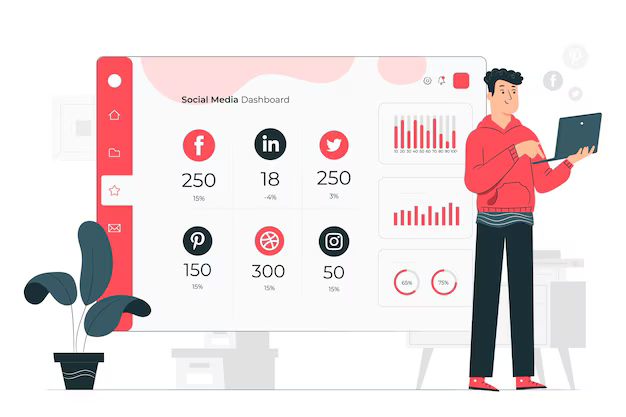
Questions are frequently posted on social media platforms such as Twitter. Create alerts to follow certain keywords on social media, then join in on conversations to address users’ inquiries and provide a link to a pertinent article on your website to boost traffic to your blog.
Additionally, you can keep an eye on social media platforms for discussions, links, and your brand name.
You can utilize a wide variety of tools for this. These are a few of the top social media tracking tools to help you with the process.
25. Monitor Your Website’s Keyword Rankings

You must monitor each piece of content’s performance once you have begun producing and promoting it. What keywords is it ranking for, furthermore?
After answering the question, you might want to keep an eye on the websites of your rivals. You cannot find out who is ranked higher than you or why using Google Search Console.
You’ll need a tool called Semrush for that. In-depth information about your rivals, their top keywords, and what you should do to outrank them will also be provided by this.
Understanding the importance of keyword ranking will help you boost traffic to your blog.
26. Check your website traffic and user engagement

Now that you are starting to receive some traffic, you should be aware of your users’ origins and their actions while on your website. You are unable to assess your strategy or make any plans for the future without this data.
Google Analytics can help with this. It enables you to view traffic statistics, engagement, and other user activities on your website in addition to tracking website visits.
The ability to observe user behavior on your website is the primary benefit of utilizing Google Analytics.
Having this information enables you to focus more on what is effective and cease performing ineffective things.
Using a free plugin like UserFeedback, you can ask your users directly what they think of your website in addition to monitoring your metrics. It makes it simple to construct popup widgets that gather visitor input in real time.
27. Continue to learn about online marketing and SEO

You may continue to boost traffic to your blog and your relationship with visitors by using these methods.
But when your blog expands, you’ll need to find new strategies for expanding your company and increase traffic to your blog.
Another excellent blog that you should check out is the OptinMonster Blog. The greatest conversion optimization program available is called OptinMonster. They frequently post articles on their blog about boosting traffic to your blog, subscribers, and sales.
28. Promote your Blog on Social Media

Creating excellent material and hoping that others will find it is not enough to boost traffic to your blog. Use the most widely used social media platforms by your audience to promote your material. Short, sweet, and visually appealing links work best on Twitter, while Google Business posts can help your website appear in local search results. For a business selling consumer goods, picture-heavy social media platforms like Pinterest and Instagram could be quite beneficial.
This will not only increase traffic to your blog but also increase the likelihood that you will receive the previously discussed backlinks as more people view your content.
29. Add Social sharing button
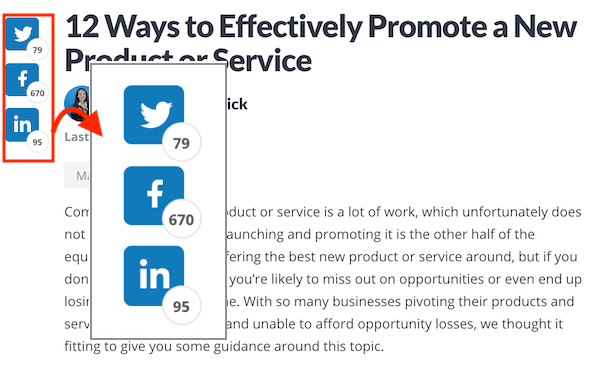
This is a simple victory for boosting traffic to your blog. With just a few clicks, readers can quickly share the page they’re viewing with their social networks by using social share buttons.
You may also provide users with a prewritten tweet that they can publish with just one click using the click-to-tweet tool. Make sure that both of these plugins are compatible with your website and try them out.
30. Post at the proper time

If you really want to get technical, you can also examine your social media analytics to determine the days and times of the week when your audience is most engaged, and then share links to your blog posts during those periods to boost more traffic to your website. To filter further, start with the overall average best times and then go deeper into the data.
Real-World Examples: Blogs That Rocked the Traffic Charts
- NerdWallet: This personal finance blog skyrocketed to success by creating comprehensive, well-researched content that answered users’ burning questions.
- The Minimalists: This lifestyle blog gained a massive following by promoting intentional living and decluttering, resonating with a specific audience.
- Smart Passive Income: Pat Flynn’s blog is a treasure trove of information on building online businesses, offering practical advice and inspiring stories.
Bonus Tip: Embrace the Trends
Stay ahead of the curve by incorporating the latest trends into your strategy:
- Optimize for Voice Search: People are increasingly using voice assistants like Siri and Alexa. Craft content that answers their voice search queries.
- Leverage Video Marketing: Create engaging videos on YouTube or other platforms to attract a wider audience and showcase your expertise.
- Experiment with AI-Powered Tools: Tools like ChatGPT can help you brainstorm content ideas, write engaging copy, and even create simple graphics.
Your Turn to Take the Stage
Remember, driving traffic to your blog is a marathon, not a sprint. Be patient, persistent, and consistent in your efforts. By implementing these strategies and adapting them to your unique blog, you’ll soon be attracting a loyal audience that can’t wait for your next post.
So, are you ready to transform your blog into a bustling hub of activity? Start implementing these tips today, and get ready to take a bow as your audience applauds your incredible content. The spotlight is yours for the taking!
Good luck!
🔰SEE Full List AI Marketing Tools: Useful Tools & AI
🔰Connect to The Digital Tester 🔰
– Facebook: https://www.facebook.com/dukephungmmo/
– Linkedin: https://www.linkedin.com/in/dukephungmmo/
– Twitter: https://twitter.com/dukephungmmo
– YouTube: https://www.youtube.com/@dukephungmmoAffiliate Disclosure: Some of the tools/AI on the list contain affiliate links. As an affiliate, we are the official partner of the brand to introduce them to the market. Whenever you buy something through one of these links, we get a small commission at no extra cost to you. Thanks for your support! You can rest assured that we will only share things I am using for my work and will truly be of value to you.
Keywords: how to drive traffic to blog, how to increase blog traffic, how to get more traffic to blog, ways to drive traffic to your website, blog traffic tips, best ways to increase blog traffic, free ways to drive traffic to website, increase website traffic free, how to get traffic to website, blog traffic strategies, how to get more visitors to website









Comments 1